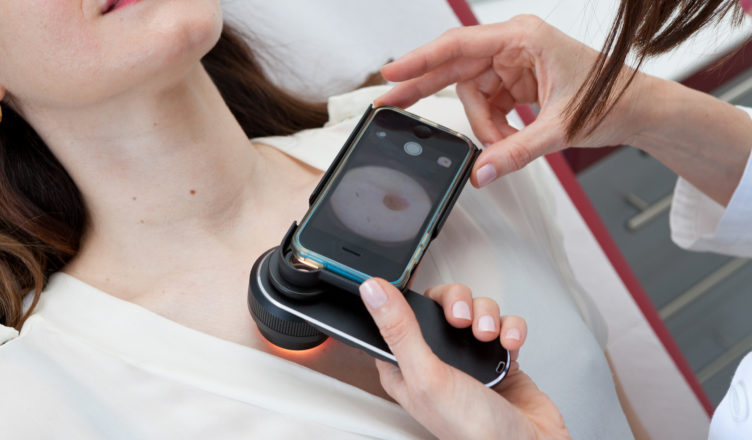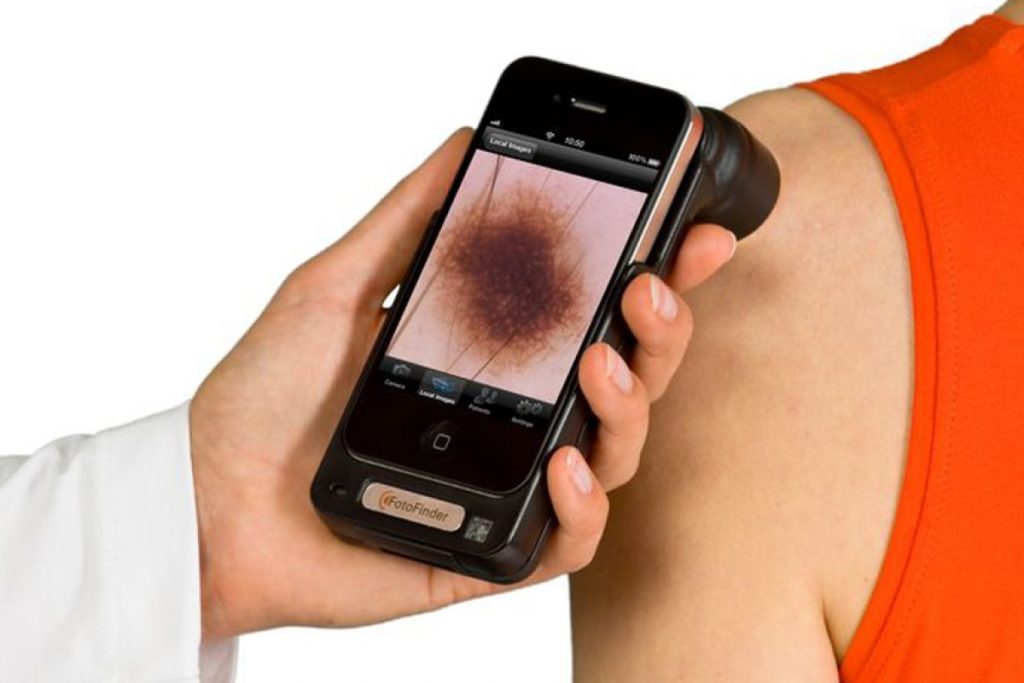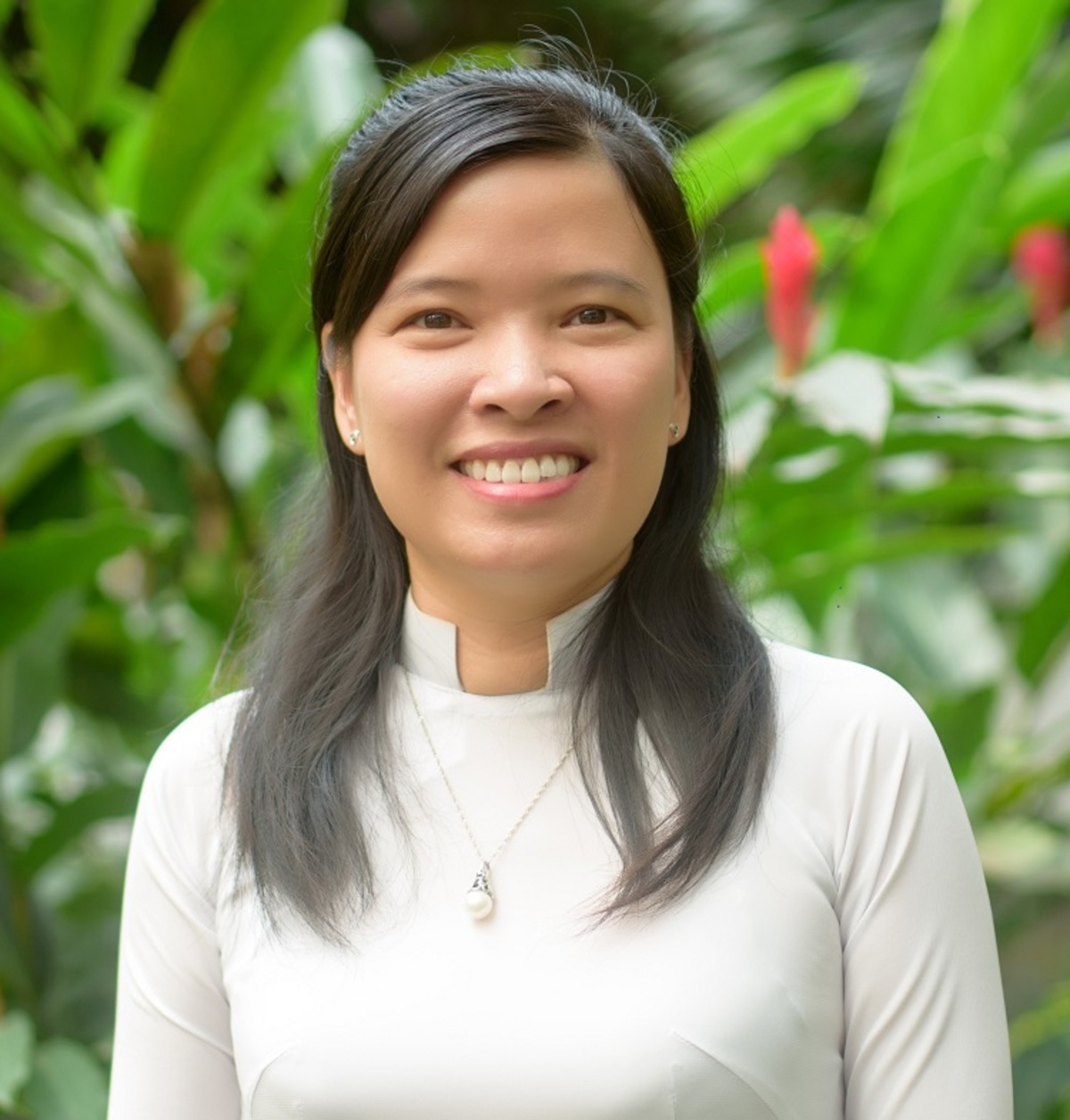Dr. Pham Thi Thu Hien (41 years old), Department of Biomedical Engineering, International University, National University of Ho Chi Minh City has been interested in semi-automatic and automatic cancer diagnosis support techniques for more than 10 years ago.
When she was a Ph.D. student in Taiwan in 2011, Dr. Hien designed a system to perform measurement experiments (diabetes samples, collagen, skin tissue) to help detect skin cancer using the light polarization method, in particular, the calculation of the optical properties of biomedical samples using matrix math equations.

Thanks to the novelty, Dr. Hien’s system was registered for scientific invention in Taiwan in 2011 and the US in 2012. However, she always wanted to expand and develop the technical part to increase the applicability of the samples.

Dr. Pham Thi Thu Hien obtained her doctorate from Taiwan
Returning to Vietnam, seeing an explosion in the applicability of AI in the country, Dr. Hien and colleagues relied on previous research results to apply deep learning neural networks in image processing to support the diagnosis and classification of skin cancer.

Data is an important part to improve the accuracy of the AI model, so right from the very first stage of the study, Dr. Hien and his colleagues set up a data bank that includes biological samples and images. of the sample. The diseased tissue was collected at some hospitals in Ho Chi Minh City and stored in a freezer of -80 degrees Celsius.

Instead of using microscopic images, the team used polarizing images of tissue components (glucose, proteins, tumors) on the propagation of polarized light in the nuclear scattering medium. According to Dr. Hien, polarized images of pathological tissues can limit the cutting and staining of cancerous tissue samples on human tissue, avoiding health effects after the test.

Biologically, cancer cells originate in normal cells and undergo a transformation before proliferation to form malignant tumors (cancerous tissue). Therefore, the early detection of physiological cell and tissue conversion is potential for medical interventions to prevent tumor formation.

Performing the diagnosis on the mouse skin cancer model, the accuracy of the AI model by the research team reached 92% accuracy. Dr. Hien said, to improve the sensitivity and accuracy of the model, the team continued to build a data set, gradually applying a non-invasive skin measurement. However, building a data bank may be limited because, according to her, cancer tumors can vary in type and level, while the supply is limited.
According to VnExpress














